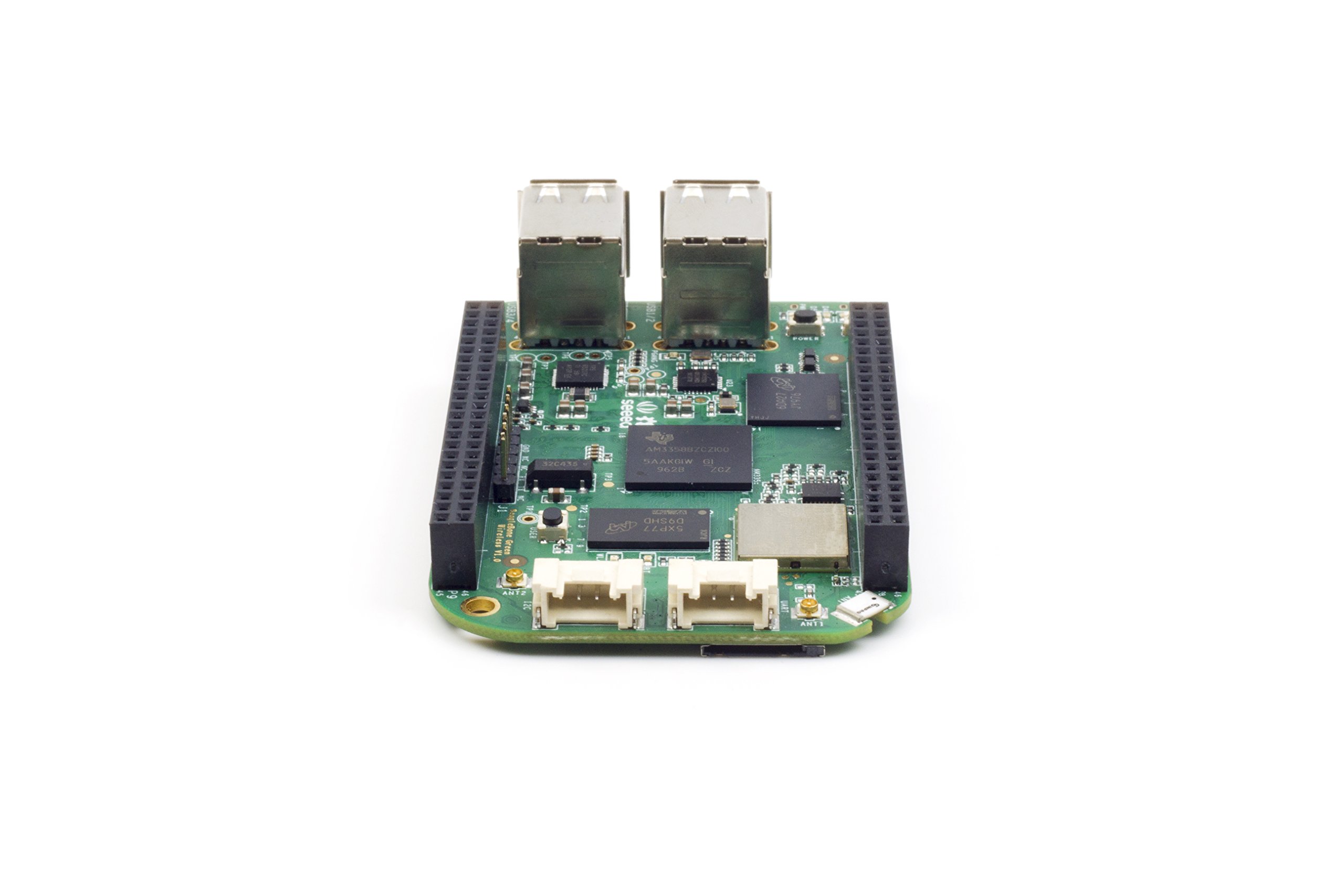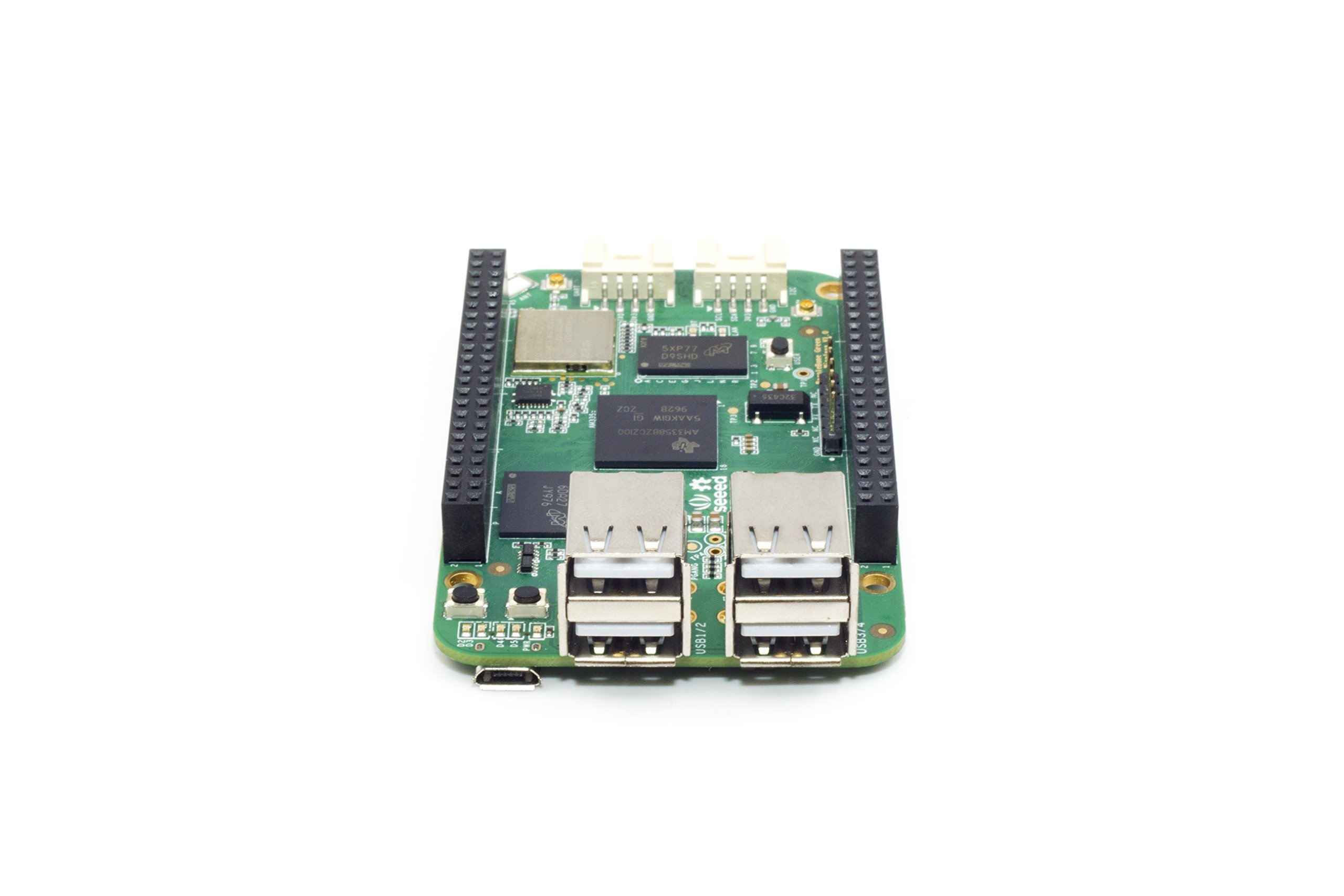






🚀 Elevate Your Projects with BeagleBone Green Wireless!
The Seeed Studio BeagleBone Green Wireless Development Board is a powerful and versatile platform featuring a 1GHz ARM Cortex-A8 processor, dual wireless capabilities (Wi-Fi and Bluetooth), and a rich array of connectivity options, making it perfect for rapid prototyping and a wide range of applications in IoT and automation.


| Processor | 1 GHz |
| Wireless Type | Bluetooth, 802.11bgn |
| Brand | seeed studio |
| Item model number | 102010048 |
| Item Weight | 1.44 ounces |
| Package Dimensions | 4.8 x 2.9 x 0.7 inches |
| Color | BeagleBone Green Wireless |
| Number of Processors | 2 |
| Manufacturer | seeed studio |
| ASIN | B01GFSDOTY |
| Is Discontinued By Manufacturer | No |
| Date First Available | May 31, 2016 |